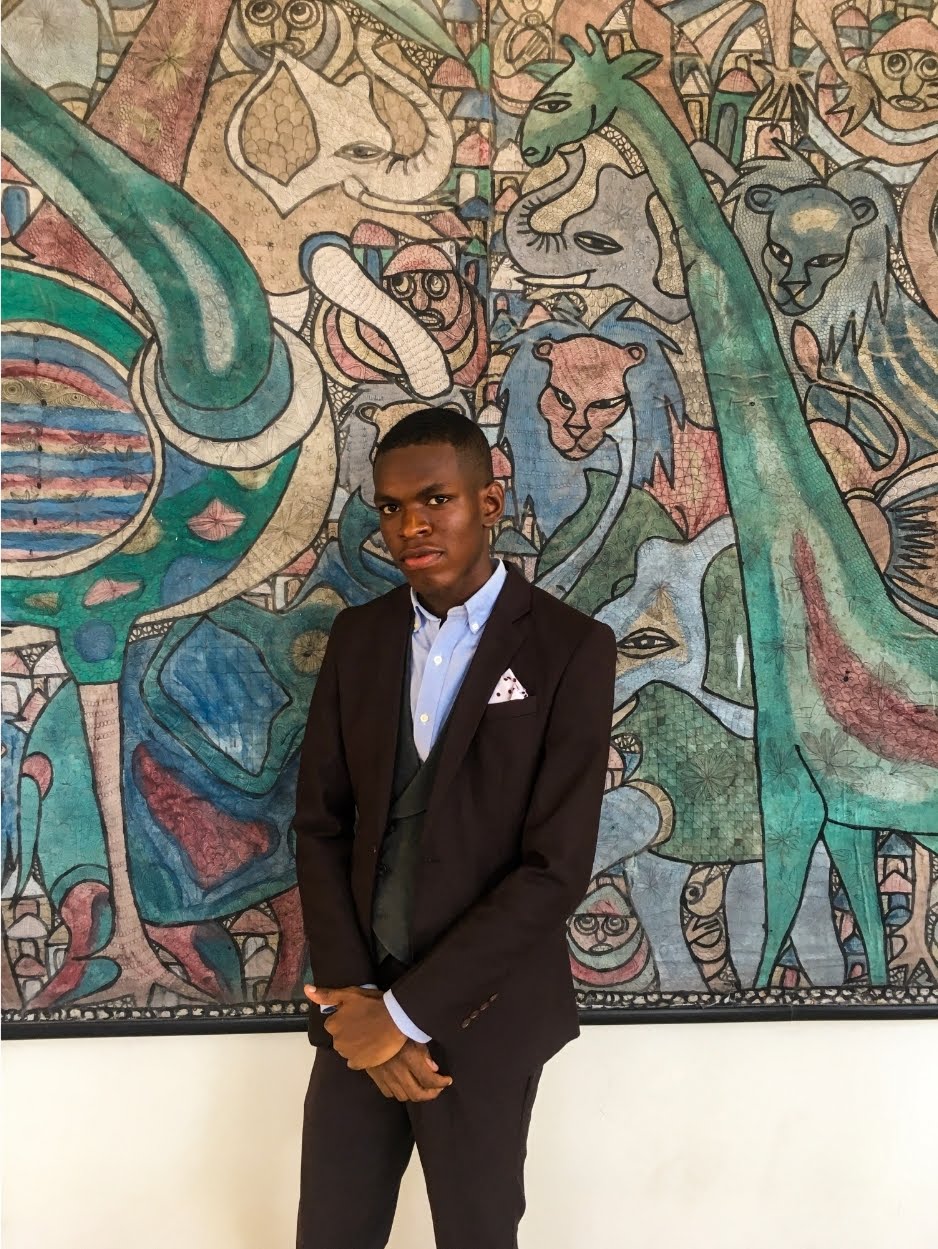
The African Charter on the Rights and Welfare of the Child (ACRWC) entered into force in 1999 under the auspices of the African Union (AU). The ACRWC was promulgated upon the consideration of the consideration of the Declaration on the Rights and Welfare of the African Child, adopted by the Assembly of Heads of State and Government of the Organization of African Unity, at its 16th Ordinary Session in Monrovia, Liberia from 17 to 20 July 1979, that recognized the exigency of taking appropriate measures to promote the rights and welfare of the African Child.
At this juncture it is important however that we avert our mind to the fact that, prior to the promulgation of the ACRWC, the CRC was already in existence supposedly covering the field on issues bordering on children’s rights. However, as encapsulated by Lee Muthoga, the idea to promulgate a separate ACRWC “originated from a desire to address certain peculiarly African problems”.
The provisions of the ACRWC clearly put primacy over African cultural practices. In article 2(1) of the Charter, states are required to abolish customs and practices harmful to the welfare, normal growth and development of children. In article 21, reference is made to pertinent cultural practices that are prejudicial to the health or life of a child and those customs and practices that are discriminatory to the child on the grounds of sex or other status. There is specific proscription of harmful practices such as child marriage and the betrothal of boys and girls through legislation specifying the minimum age of marriage to be 18 years and the compulsory registration of all marriages in an official registry. It is of crucial importance to bear in mind the fact that this despite not making specific references, this provision also serves as a blanket provision for a host of other harmful traditional practices such as killing of twins, female genital mutilation and dietary taboos. It is imperative to note that this provision ought to be read with the guideline that the best interests of the child “shall be the primary consideration” , and not merely “a primary consideration as required by the CRC”.
Bearing in mind the fact that Africa has a number of conflict-torn zones, owing to incendiary interests, revolutions, overthrow of governments and children being at the center of these direct hostilities, a case in sight is Rwanda, there is a broader protection of children in armed-conflict under the ACRWC. There is an effective effort at stemming the phenomenon of child-soldiers, as no person under the age of 18 is allowed to be conscripted. There are equally direct measures obliging states towards the protection of children in armed conflicts, taking cognizance of the African context rife with internal armed conflict, tension or strife . Flowing from this, the ACRWC explicitly recognizes internally displaced children as refugees.
Without any gainsaying, the ACRWC covers the inherent lacunae in the global instrument; through specific provisions on socioeconomic crisis plaguing the region which gives it its unique African undertone; making it a more Afrocentric equivalent of CRC. It certainly succeeds in achieving a higher benchmark for child rights in Africa. There are even better efforts at implementation through the mechanism which makes room for individual complaints about violations of these rights to be filed. Certainly, it heralds an era of higher threshold for the protection of the rights of children in Africa, as Member States even have the volition to make written requests for the amendment or revision of the present Charter subject to an approval by a simple majority of the committee.
– African Charter on the Rights and Welfare of the Child, 1999 preamble.
– SA Wako, “Towards an African Charter on the Rights of the Child (paper delivered at a workshop on the Draft Convention on the Rights of the Child, Nairobi,9-11 May 1968).
– African Charter on the Rights and Welfare of the Children, article 21(1)
– African Charter on the Rights and Welfare of the Children, article 21(2)
– African Charter on the Rights and Welfare of the Children, article 4(1)
– Convention on the Rights of the Child, article 3(1)
– Convention on the Rights of the Child, article 38(2)
– African Charter on the Rights and Welfare of the Children, article 22(3)
– African Charter on the Rights and Welfare of the Children, article 23(4)
– African Charter on the Rights and Welfare of the Children, article 26
– African Charter on the Rights and Welfare of the Children, article 42(a)
